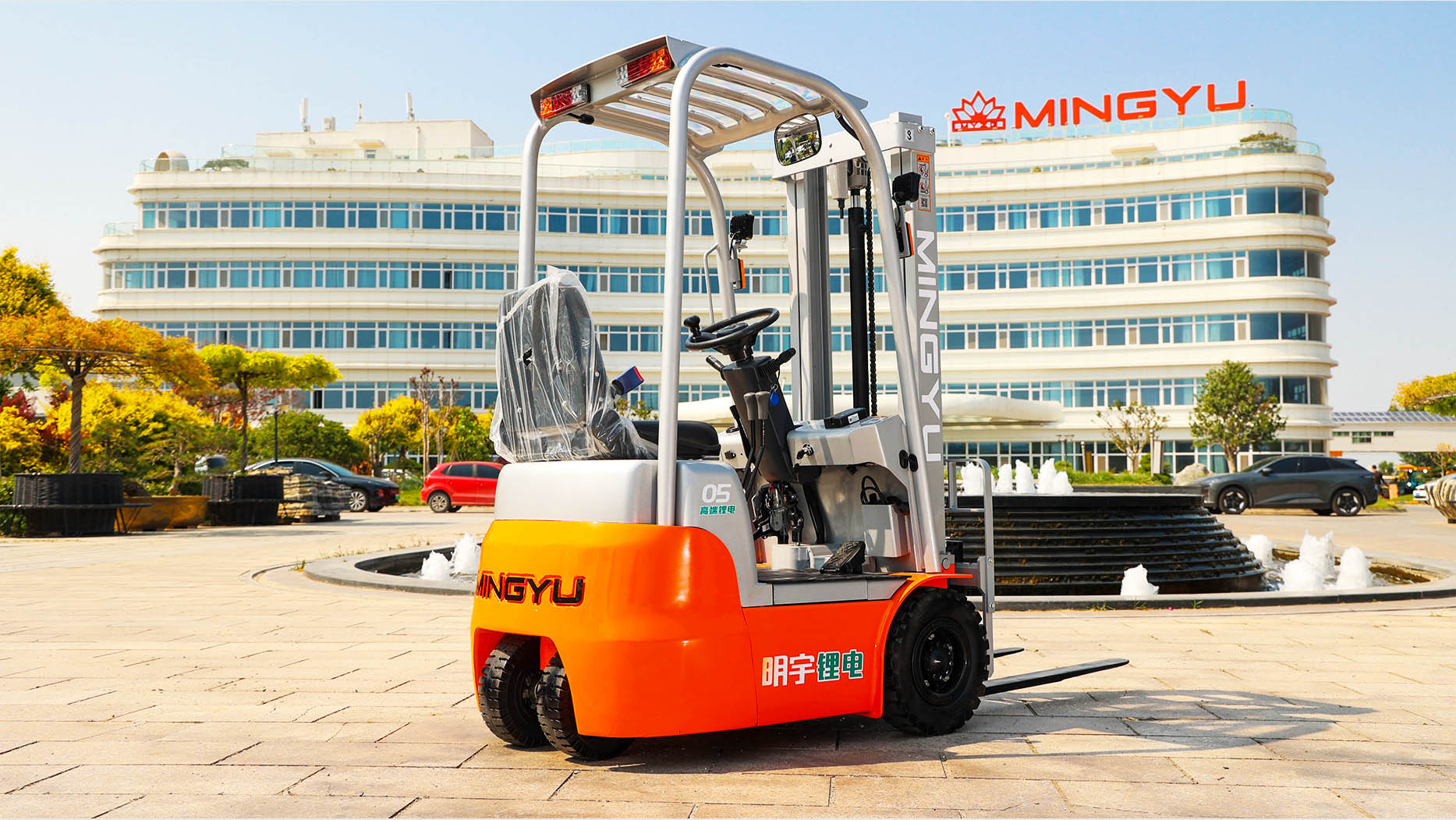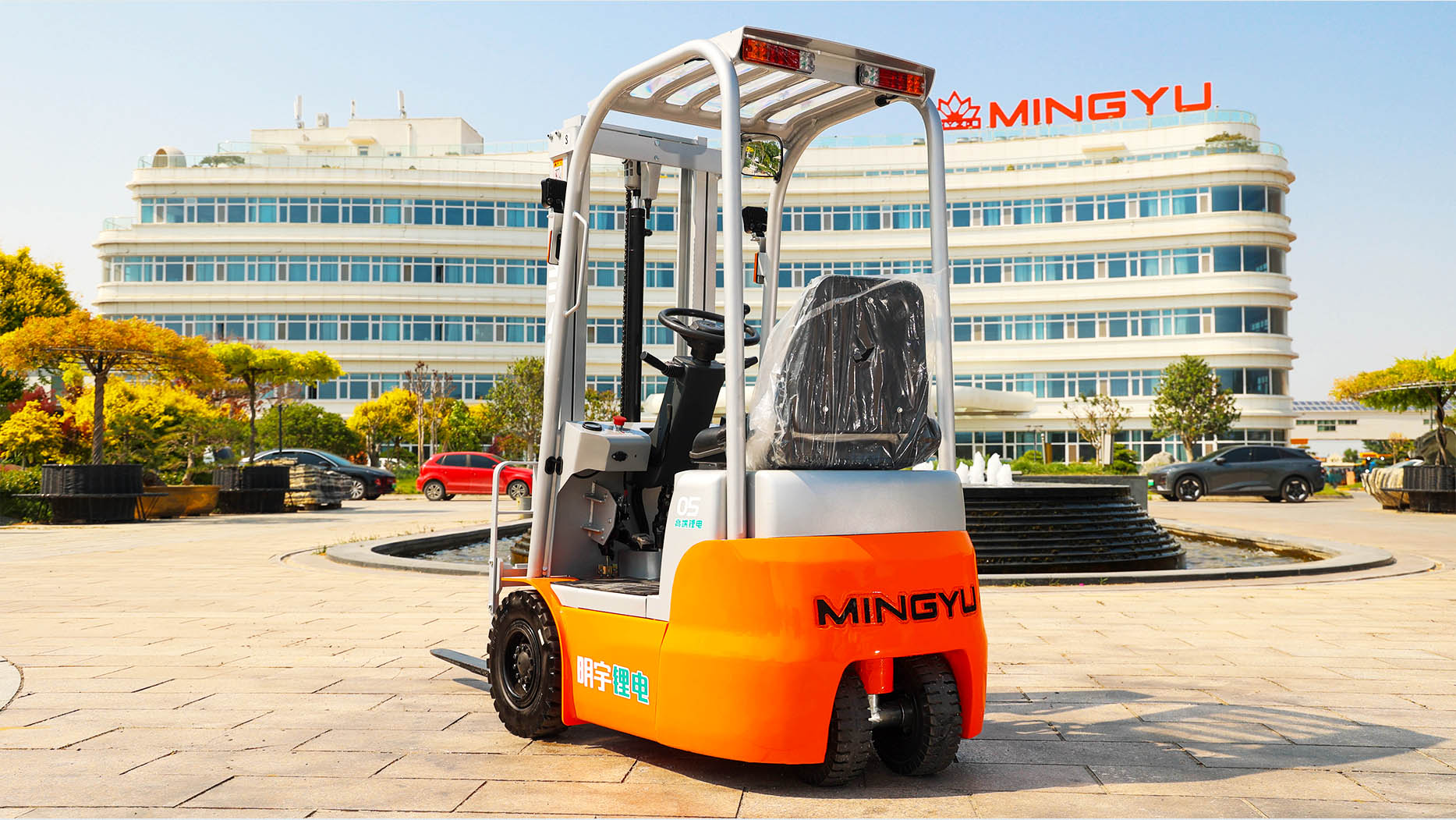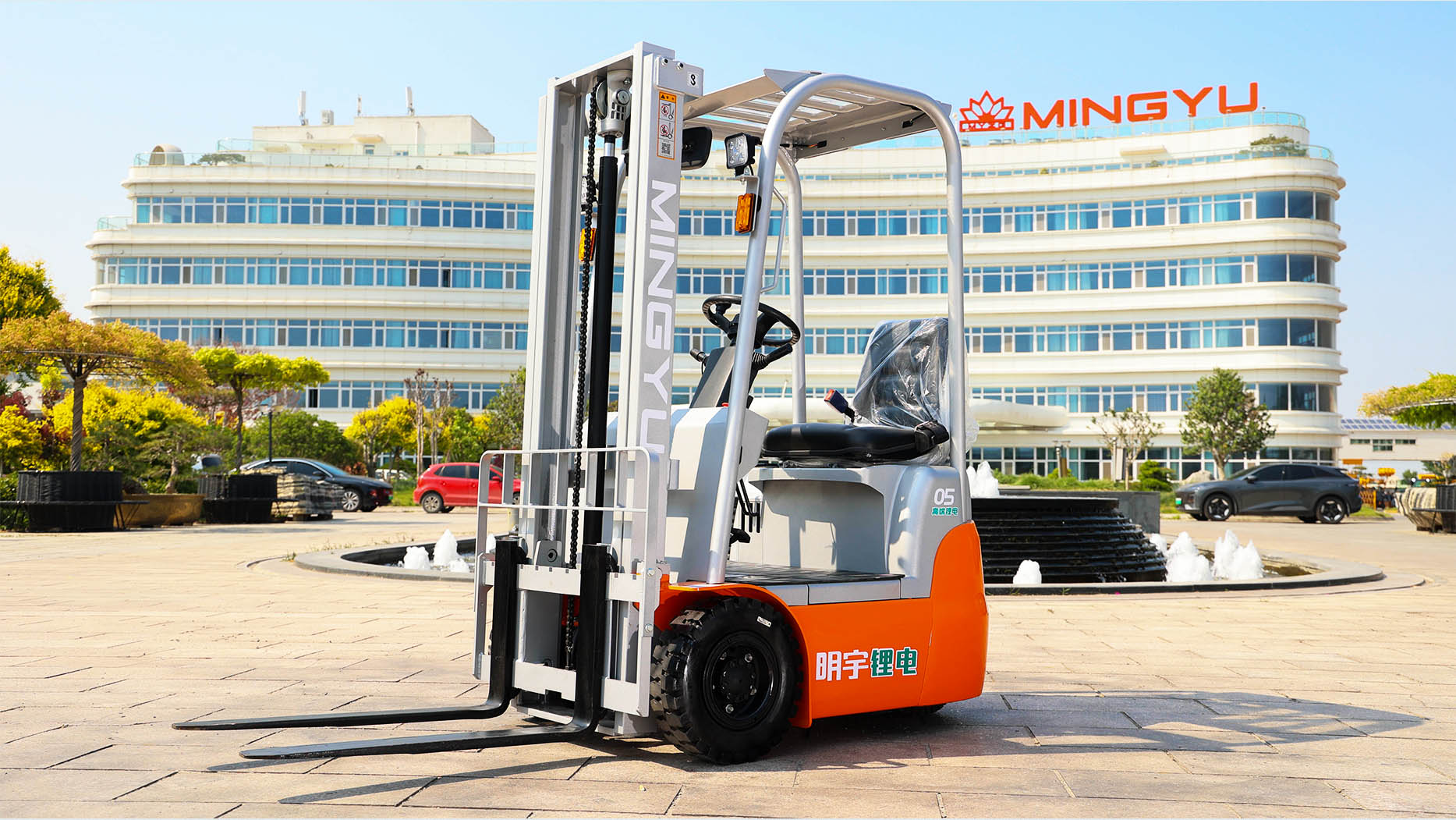Electric forklifts, the silent workhorses of warehouses and distribution centers, offer numerous advantages, including zero emissions and reduced noise. However, their reliance on battery power means that a failure to hold a charge can bring operations to a grinding halt. This article will explore the common and less common reasons why an electric forklift might struggle to maintain its charge, delving into battery chemistry, charging system intricacies, and potential electrical faults.
Understanding the Electric Forklift Power System
Before tackling the issue, it's essential to grasp the fundamental components of an electric forklift's power system:
Traction Battery: Typically a lead-acid or lithium-ion battery pack, providing the primary power source.
Charger: Converts AC power from the mains to DC power for charging the battery.
Battery Management System (BMS) (Lithium-ion only): Monitors battery health, regulates charging and discharging, and protects against overcharging or over-discharging.
Motor Controller: Regulates the flow of power from the battery to the traction and hydraulic motors.
Wiring and Connectors: Conduct power throughout the system.
Regenerative Braking System (in some models): Captures kinetic energy during braking and returns it to the battery.
Common Reasons for Poor Charge Retention
Several factors can contribute to an electric forklift's inability to hold a charge:
1. Battery Issues (Lead-Acid):
Sulfation: Lead-acid batteries are prone to sulfation, a buildup of lead sulfate crystals on the plates. This reduces the battery's ability to store and release energy.
Stratification: Electrolyte stratification occurs when the acid concentration is uneven within the battery cells. This leads to reduced performance and capacity.
Water Loss: Lead-acid batteries require regular electrolyte maintenance. Low electrolyte levels expose the plates, leading to sulfation and damage.
Age and Wear: Lead-acid batteries have a limited lifespan. As they age, their capacity naturally declines.
Damaged Plates or Cells: Physical damage to the battery plates or cells can significantly reduce performance.
Internal Shorts: Internal shorts can cause rapid self-discharge and prevent the battery from holding a charge.
2. Battery Issues (Lithium-Ion):
Cell Imbalance: Lithium-ion battery packs consist of multiple cells. Imbalances in cell voltage or capacity can reduce overall pack performance.
BMS Malfunction: The BMS is crucial for protecting lithium-ion batteries. A faulty BMS can lead to overcharging, over-discharging, or thermal runaway.
Age and Degradation: Lithium-ion batteries also degrade over time, losing capacity.
Thermal Issues: Extreme temperatures can negatively impact lithium-ion battery performance and lifespan.
Internal Cell Damage: Physical damage to the internal cells of the lithium ion battery pack.
3. Charging System Problems:
Faulty Charger: A malfunctioning charger may not provide the correct voltage or current, preventing the battery from fully charging.
Incorrect Charger Settings: Using the wrong charger settings or profile can damage the battery or prevent it from charging properly.
Poor Connections: Loose or corroded connections between the charger and battery can reduce charging efficiency.
AC Power Issues: Fluctuations or interruptions in the AC power supply can affect the charging process.
4. Electrical System Faults:
Parasitic Loads: Electrical components that draw power even when the forklift is off can drain the battery.
Faulty Wiring: Damaged or corroded wiring can create resistance, reducing charging efficiency and causing voltage drops.
Motor Controller Issues: A malfunctioning motor controller can draw excessive current, draining the battery quickly.
Regenerative Braking Problems: If the regenerative braking system is malfunctioning, it may not return energy to the battery or may even drain it.
Contactor Issues: Contactors, the large electrical switches, can become worn or damaged, creating resistance and impacting power flow.
5. Operational Factors:
Heavy Usage: Operating the forklift under heavy loads or for extended periods can drain the battery quickly.
Frequent Start/Stop Cycles: Frequent start/stop cycles consume more energy than continuous operation.
Improper Driving Habits: Aggressive acceleration and braking can drain the battery faster.
Environmental Conditions: Extreme temperatures can affect battery performance.
Diagnostic Procedures
To accurately diagnose the cause of poor charge retention, a systematic approach is necessary:
Visual Inspection:
Inspect the battery for physical damage, leaks, or corrosion.
Check wiring and connectors for damage or looseness.
Verify charger functionality and connections.
Battery Testing (Lead-Acid):
Measure electrolyte levels and specific gravity.
Perform a load test to assess battery capacity.
Check for sulfation using a desulfation charger.
Battery Testing (Lithium-Ion):
Use a diagnostic tool to check cell voltages, temperatures, and BMS data.
Assess the battery's state of charge and state of health.
Charger Testing:
Measure the charger's output voltage and current.
Verify that the charger is using the correct charging profile.
Electrical System Testing:
Check for parasitic loads using an ammeter.
Inspect wiring for voltage drops and resistance.
Test motor controller and contactor functionality.
Operational Analysis:
Review the forklift's usage patterns and operating environment.
Observe the operator's driving habits.
Repair and Maintenance
Once the problem is identified, appropriate repairs should be performed:
Battery Maintenance (Lead-Acid):
Add distilled water to maintain proper electrolyte levels.
Perform desulfation cycles.
Replace damaged or worn-out batteries.
Battery Maintenance (Lithium-Ion):
Address cell imbalances through balancing or cell replacement.
Replace faulty BMS components.
Replace batteries that have reached their end of life.
Charger Repairs:
Repair or replace faulty chargers.
Ensure correct charger settings.
Electrical System Repairs:
Repair or replace damaged wiring and connectors.
Replace faulty motor controllers or contactors.
Address parasitic loads.
Operational Improvements:
Train operators on proper driving habits.
Optimize work schedules to minimize heavy usage.
Maintain a suitable operating environment.
Preventive Maintenance
Regular preventive maintenance is crucial for maximizing battery lifespan and minimizing downtime:
Regular Battery Inspections: Regularly inspect batteries for damage, leaks, and corrosion.
Proper Charging Procedures: Follow the manufacturer's recommended charging procedures.
Electrolyte Maintenance (Lead-Acid): Maintain proper electrolyte levels and specific gravity.
BMS Monitoring (Lithium-Ion): Regularly monitor BMS data for potential issues.
Wiring and Connector Inspections: Inspect wiring and connectors for damage or looseness.
Charger Maintenance: Regularly inspect and test the charger.
By understanding the complexities of the electric forklift's power system and implementing a comprehensive diagnostic and maintenance program, technicians can effectively address issues related to poor charge retention, ensuring the forklift's reliable and efficient operation.
Post time:Feb.21.2025



